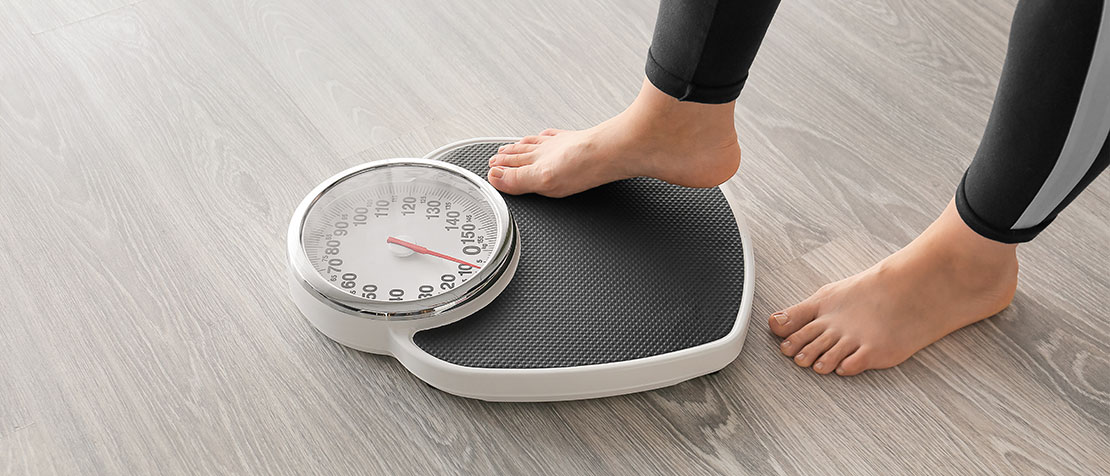Read our recent blog on Single Anastomosis Stomach-Ileal Bypass with Sleeve Gastrectomy (SASI-S) by Dr Kevin Dolan.
Single Anastomosis Stomach-Ileal Bypass with Sleeve Gastrectomy (SASI-S) is based on the mini-gastric bypass (MGB) and Santoro’s operation and is basically a safer modified version of Single Anastomosis Duodeno-Ileal bypass with Sleeve gastrectomy (SADI-S).
Types of Weight Loss Procedures
There are basically two types of weight loss procedures, namely restrictive and malabsorptive. Restrictive procedures include vertical banded gastroplasty (VBG), laparoscopically adjustable gastric band (LAGB) and sleeve gastrectomy (SG). Sleeve gastrectomy is currently the only restrictive procedure being performed, with VBG and LAGB no longer used. However long-term data for sleeve gastrectomy is scarce, and it would seem that sleeve gastrectomy is following the path of VBG and LAGB in that a number of patients are regaining weight 5 years or so after their initial surgery. This is likely to be due to stretching or dilatation of the sleeve over time.
Roux-en-Y gastric bypass (RYGB) is restrictive with minimal malabsorption. Typically, a small proximal pouch of stomach is formed, and the distal stomach, duodenum and 100cm of proximal jejunum are bypassed. RYGB is rarely performed in WA due to the risk of internal hernia through Petersen’s defect, which arises as a result of the two small bowel anastomoses in RYGB.
Malabsorptive procedures have included duodeno-ileostomy (D-I) or Mason’s bypass, biliopancreatic diversion (BPD) and biliopancreatic diversion with duodenal switch (BPD-DS). These procedures bypassed more than 90% of the small bowel (BPD has been performed with anastomosis to the last 50cm of the terminal ileum), and although patients lost an enormous amount of weight, severe malnutrition was encountered by some patients.
Risks associated with SADI-S led to the development of SASI-S
Single Anastomosis Duodenal-Ileal bypass with Sleeve gastrectomy (SADI-S) is a modified version of BPD-DS. There are two main differences. Firstly a sleeve is created with SIPS instead of a proximal gastric pouch with BPDDS, leading to a better quality of eating and a decrease in the hunger hormone ghrelin with SADI-S. Secondly, the anastomosis is 300cm from the terminal ileum in SADI-S rather than 50cm in BPDDS, decreasing the risk of malnutrition. SADI-S is a relatively new procedure which combines the benefits of sleeve gastrectomy with intestinal bypass. Sleeve gastrectomy removes 75% of the stomach, resulting in a reduced capacity to eat and a reduction in the level of the hunger hormone ghrelin, which is produced by the stomach. Intestinal bypass involves dividing the first part of the duodenum just distal to the pylorus, then anastomosed to the terminal ileum 300cm proximal to the ileocaecal valve to the first part of the duodenum. This constitutes the duodeno-ileal bypass part of the operation, resulting in malabsorption. The length of the bypass can be varied depending on the desired weight loss.
The early results for SADI-S have reported a weight loss similar to BPDDS but without malnutrition, and a similar effect on the resolution of diabetes. SADI-S has two advantages over RYGB, namely, there is only one anastomosis thereby decreasing the risks of internal hernia and anastomotic ulcers.
However, SADI-S is a technically demanding procedure that requires an experienced and skilful surgeon to perform. There are three staple lines involved in performing SADI-S, which increases the risks of a leak from the staple lines. One of the staple lines is the excluded duodenal stump (the most proximal part of the small bowel) and a leak from the duodenal stump is very difficult to treat. A leak from the duodenal stump is unique to SADI-S. Another factor that increases the risk of a leak from the sleeve staple line is the fact that the valve at the bottom of the stomach (pylorus) is not bypassed in SADI-S. Duodenal exclusion in SADI-S increases the risks of nutritional deficiencies, especially iron deficiency. These risks have led to the development of SASI-S.
Single Anastomosis Stomach-Ileal Bypass with Sleeve Gastrectomy (SASI-S)
SASI-S differs from SADI-S as the join (anastomosis) in the bypass is between the stomach and distal small bowel (ileum), rather than the duodenum and the ileum as in SADI-S. This has several advantages. Firstly, this join between the stomach and distal small bowel is less likely to leak due to better blood supply of the stomach, which allows better healing. Secondly, SASI-S avoids the dissection behind the duodenum, which is difficult and close to several important structures in the body. There is much less dissection and cutting of tissue with SASI-S, which makes it safer than SADI-S. Thirdly SASI-S avoids stapling the duodenum. Fourthly the join between the stomach and distal small bowel in SASI-S takes the pressure off the staple line along the sleeved stomach, thereby decreasing the chance of a leak from the sleeve part of the operation. SADI-S has the join beyond the outlet valve of the stomach (pylorus). This has the effect of increasing the pressure inside the sleeved stomach and could increase the risks of a leak from the staple line and also increase acid reflux. Another advantage of SASI-S over SADI-S is a lower number of staple lines.
SASI-S leaves the duodenum intact and this is an area where many nutrients are absorbed, in particular, iron. Iron deficiency is common with SADI-S and other bypass procedures that exclude the duodenum. SASI-S does not exclude the duodenum.
If a patient loses too much weight with SASI-S, the bypass part of the surgery can easily be reversed. Gallstones are more common in obese patients than in the general population. As the duodenum remains intact after SASI-S then some gallstones can be removed using a camera inserted inside the duodenum (ERCP). ERCP cannot be performed in patients who have undergone SADI-S.
SASI-S is safer and causes fewer nutritional deficiencies than SADI-S. SASI-S is also easily changed back to a sleeve if required and allows endoscopic visualisation of the duodenum to remove gallstones if required.
If you have any questions or concerns or are ready to book your consultation with Dr Kevin Dolan, visit our website today.
